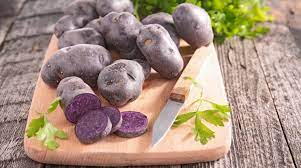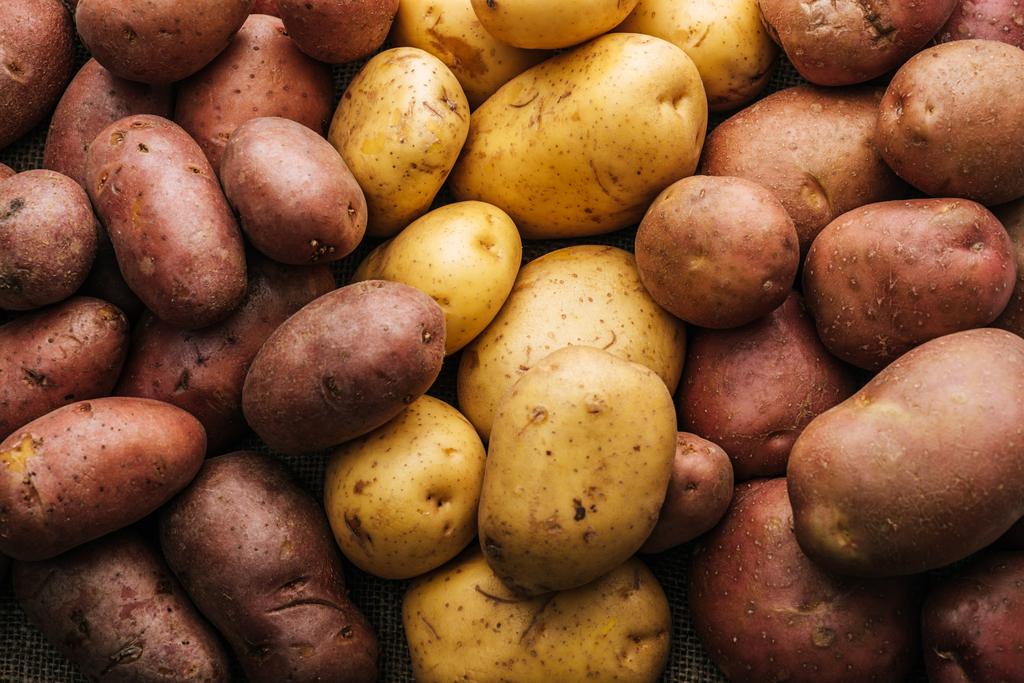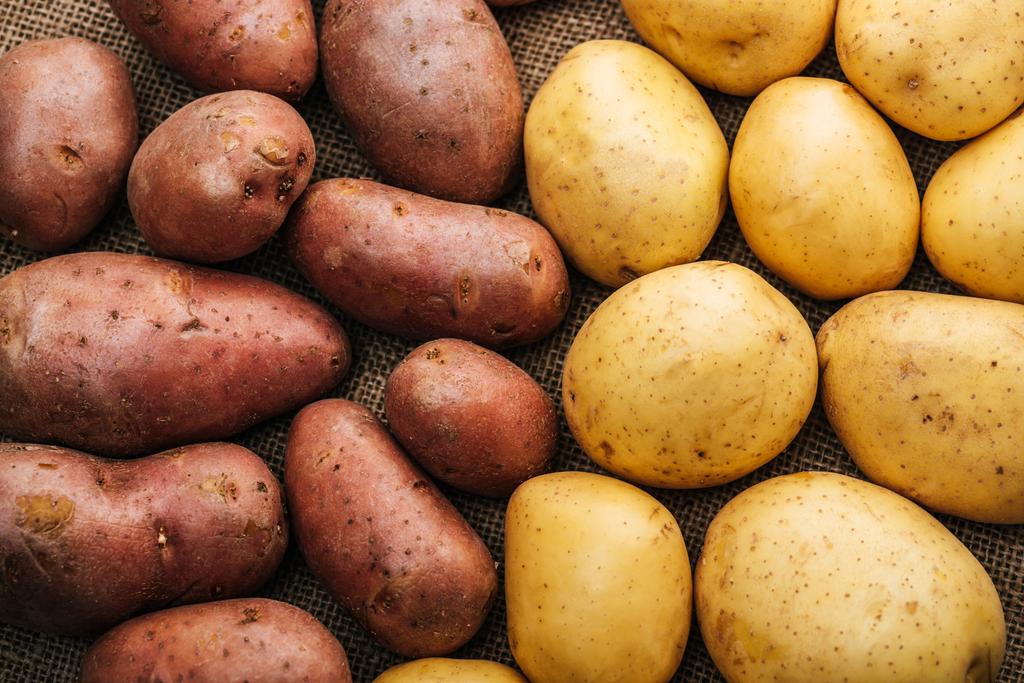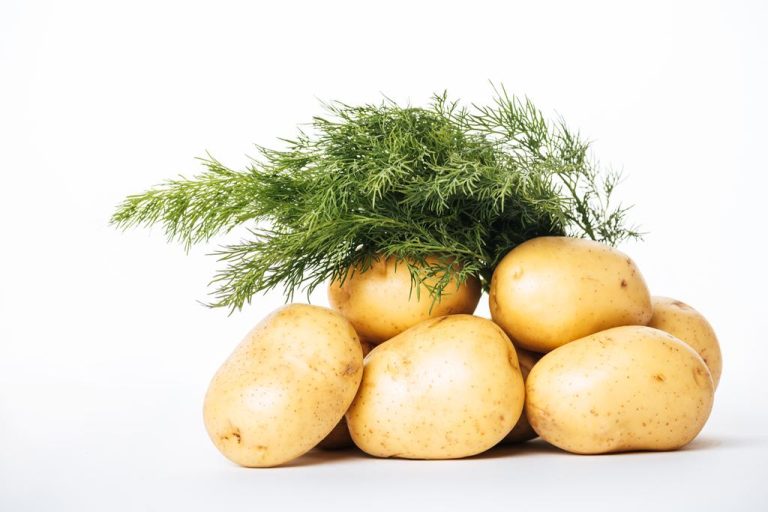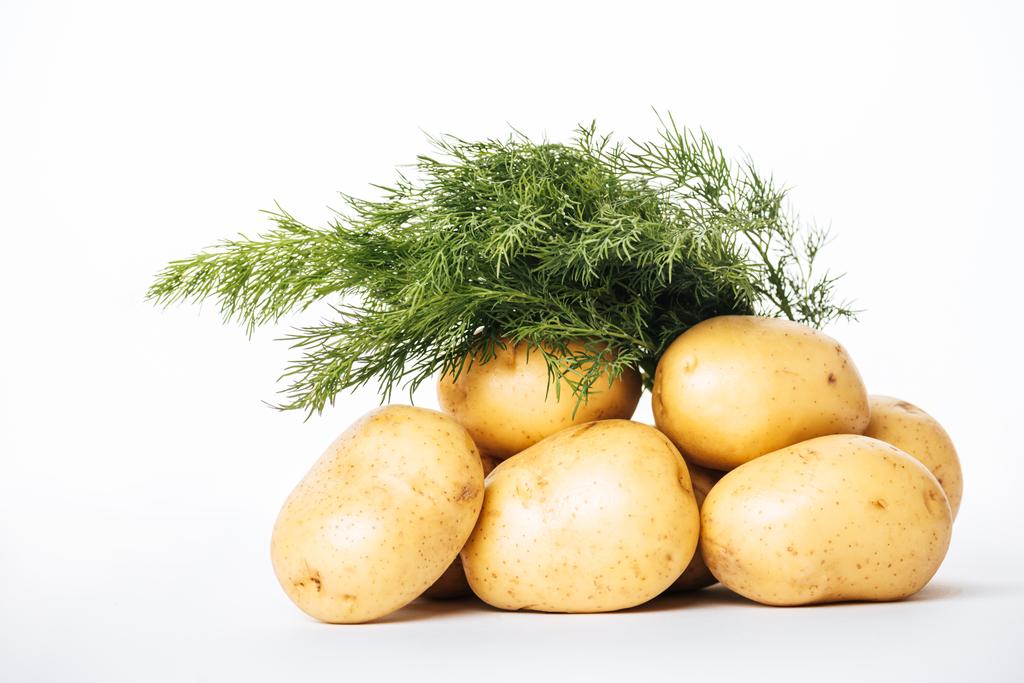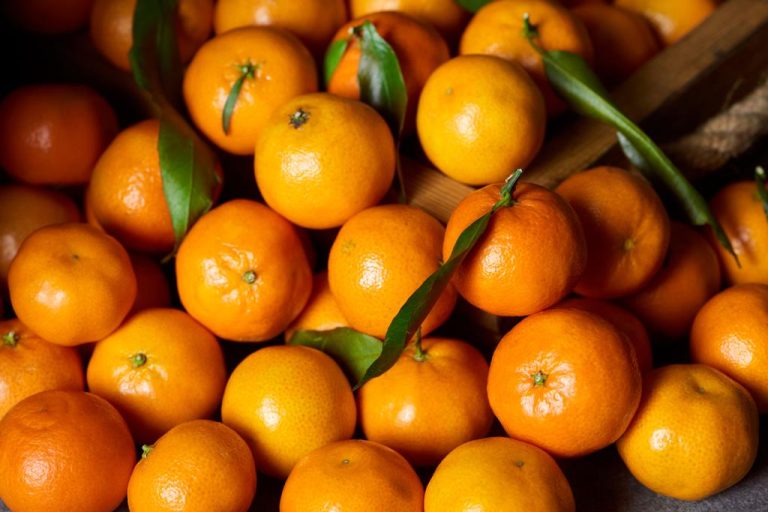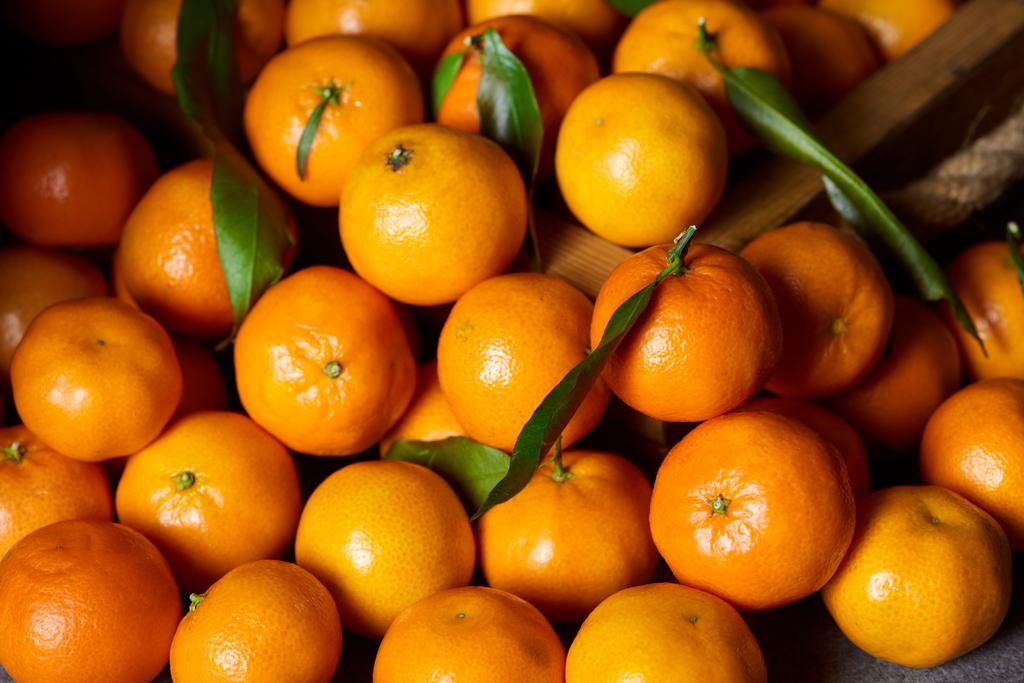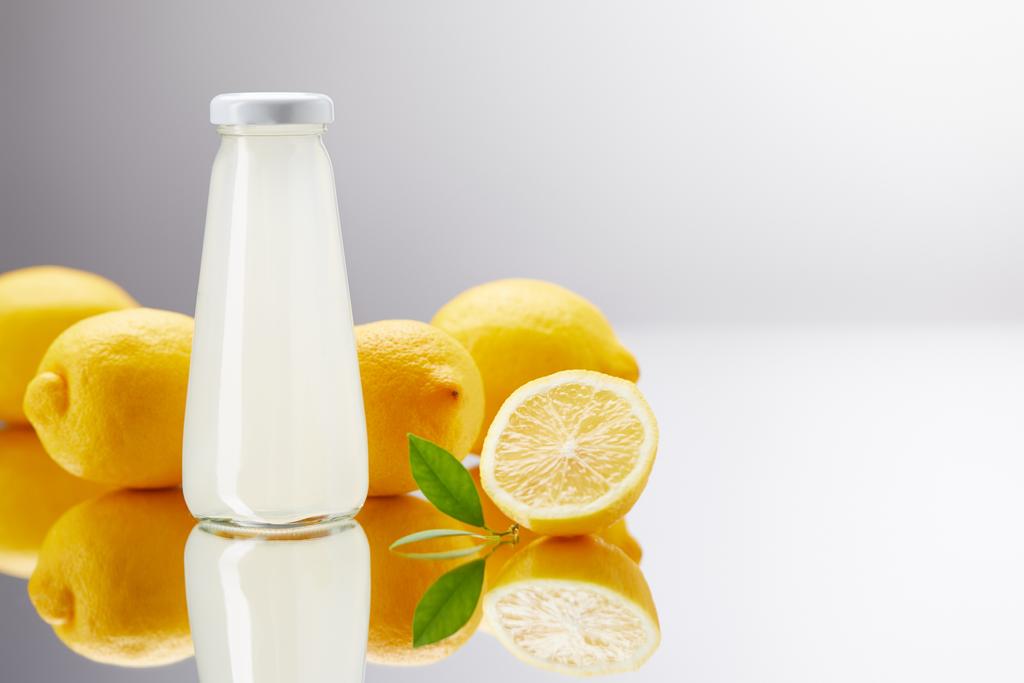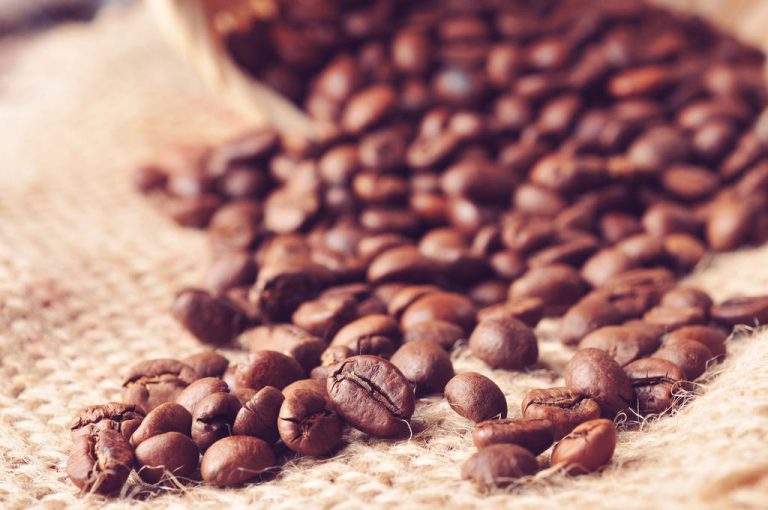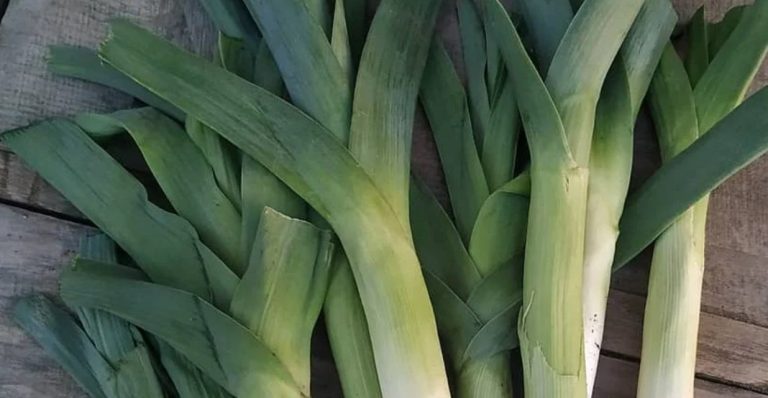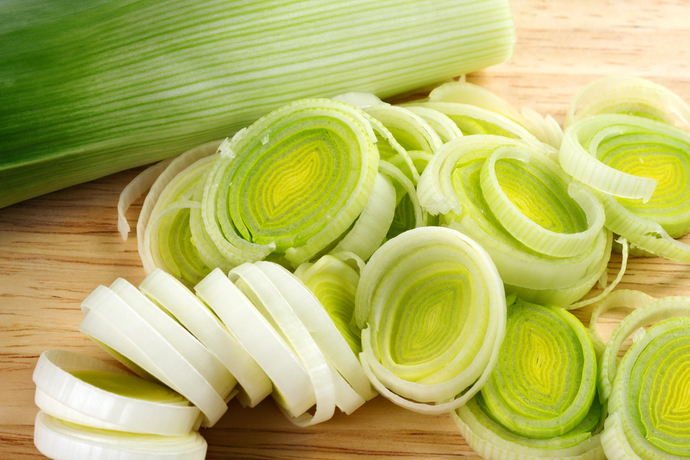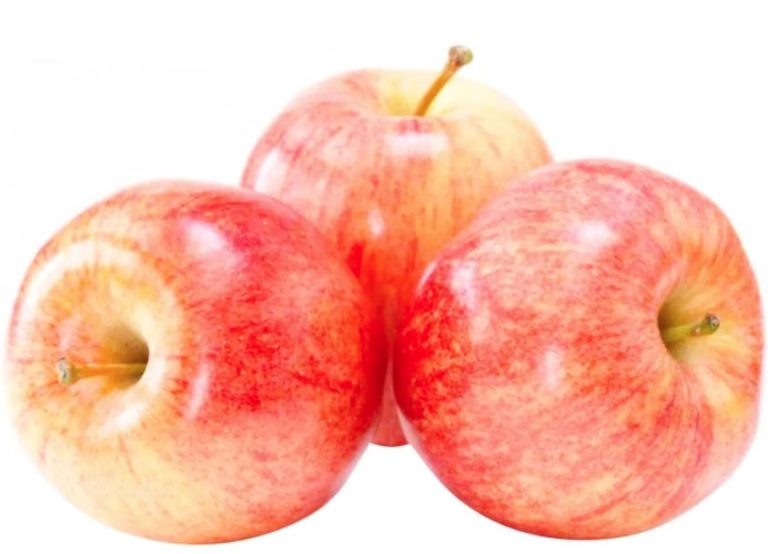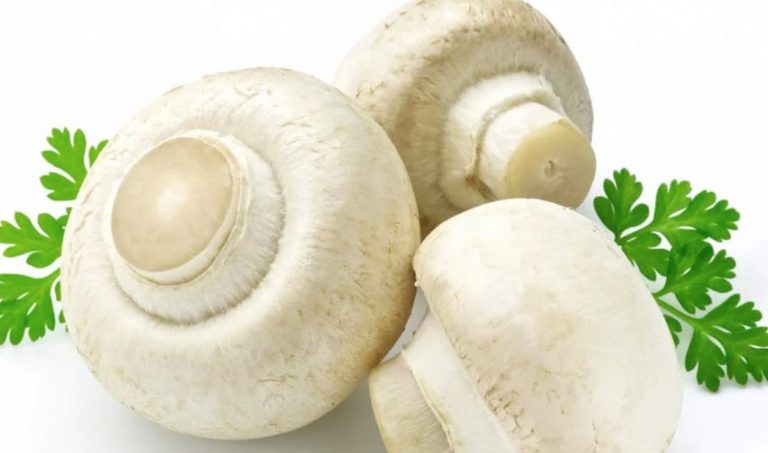Apple varieties: You should know these old and new apple varieties
Depending on where you shop, you probably know a handful of apple varieties and can identify them. But how do they actually differ? This image gallery introduces you to important apple varieties and shows when and how to use them.
The apple variety Boskop
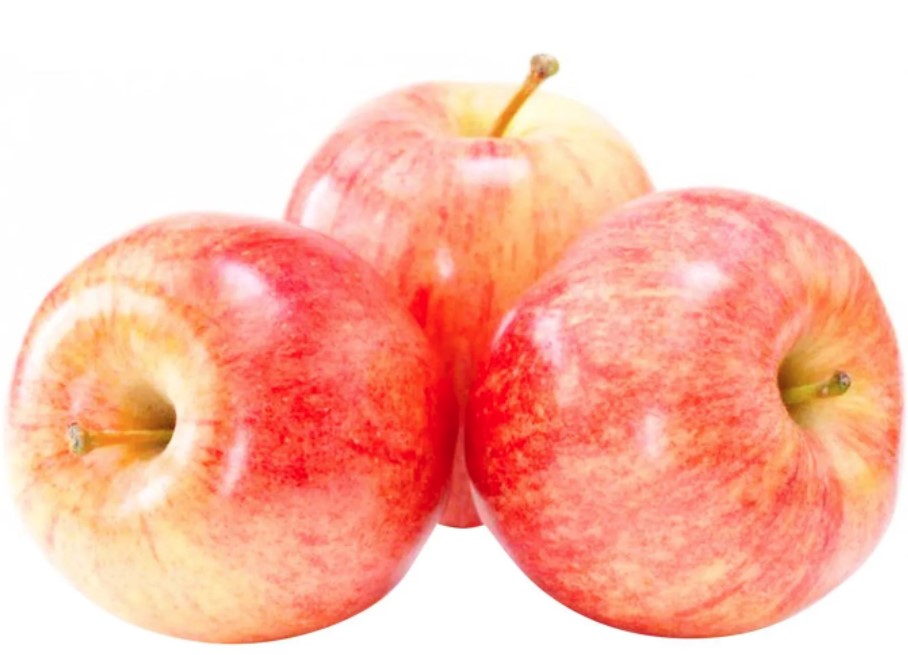
The Boskop apple variety produces particularly large apples and is usually red-green in colour, only the “red Boskop” is red. Taste & Use: The Boskop tastes tart and sour and is considered an intense apple that some find too sour – ideal for applesauce and baked apples, for cooking and baking. Sustainability: This apple variety originally comes from Boskoop in the Netherlands, but is now also native to Germany. The season lasts from late September to mid-October, then from storage to March. Worth knowing: The apple contains few apple allergens.
The Topaz: often organic
Topaz is a young apple variety that was bred in the Czech Republic in the mid-1980s. The basic color of the apple is pastel yellow with red stripes, speckles or red colored areas. Taste & Use: The firm, tangy flesh makes the Topaz an all-rounder – it can be used for cooking and baking and tastes fresh and lemony. Sustainability: Because the Topaz is considered to be robust and not very susceptible to diseases, it is often used in organic fruit cultivation. Although the Topaz apple comes from the Czech Republic, it is grown throughout Central Europe. Season from the end of September, until March still from storage. Worth knowing: The allergy potential of Topaz is comparatively low.
Berlepsch: old apple variety with lots of vitamin C
The old apple variety Goldrenette Freiherr von Berlepsch was bred in 1880 on the Lower Rhine. It is flat round with a brown-red base color and light brown spots. Taste & use: The Berlepsch is highly aromatic with balanced acidity and, with its very crisp and juicy flesh, is a great table apple. Sustainability: The apple variety likes mild and moist soils, such as those on the Lower Rhine, where it is also cultivated a lot. The Berlepsch is freshly harvested from mid-September and is available as a good storage apple until the end of March.
Apple variety Santana: for allergy sufferers
The apple variety Santana has been on the market since 1996. The Santana is large, spherical and often has a greasy skin. On the sunny side it is bright red, otherwise yellow. Taste & use: The apple tastes slightly sour with a delicate tropical aroma and is suitable as a table apple, for cooking and baking. Sustainability: Once bred in the Netherlands, the Santana is now grown throughout Central Europe. The harvest begins in September. It can only be stored for a limited time (see: Storing apples): its quality decreases from January and you should avoid it then.
Summer apple: Gravensteiner
The Gravensteiner is a very old apple variety and has been known since 1669. The often crooked apples with a very oily, waxy skin come in color variations from green to red with yellow. Taste & use: The strong, spicy apple smells very intense and can be used for all preparation purposes. Sustainability: The Gravensteiner is grown in the north of the world, in Europe mainly in Scandinavia. This apple variety is a summer apple: it is harvested from August. Due to its poor storability, it is rarely offered until the winter months.
Apple variety that always tastes good: Rubinette
The Rubinette was not bred, but happened by chance in Switzerland in the mid-1960s. The yellow-orange-red coloring of the Rubinette Rossa can also be very red. Taste & use: The Rubinette apple variety has an intense fragrance and a very balanced apple aroma and is mainly consumed as a table apple. Sustainability: The apples grow up to medium altitudes and are therefore often grown in regions that are not typical for apples. Rubinette is harvested in mid-September, but does not store well, so sales usually end in December.
Elstar: classic among the varieties
Elstar is an apple variety bred in the Netherlands in 1955 from Golden Delicious and Ingrid Marie. Its fruits are spherical and bright orange-red with yellow. Taste & use: Elstar is a sweet apple variety with a slight acidity and intensely spicy aroma with citrus and banana notes and is a good all-rounder for all types of preparation. Sustainability: Elstar is the apple most grown in Germany. The harvest takes place in September. It can only be stored to a limited extent and is therefore available until February at the latest.
Pinova: Apple variety from Dresden
The Pinova was bred in Dresden from the apple varieties Clivia and Golden Delicious. The medium-sized apples, tapering downwards, are golden yellow with partly large areas of orange-red. Taste & use: The rather coarse but firm flesh is slightly reminiscent of quince. Pinova apples are ideal for eating raw. Sustainability: The Pinova apple variety likes it warm and sunny and grows, for example, in the Rhineland, in the Old Country and around its “birthplace” Dresden. The Pinova is in season from the end of September. It can be stored until May, but then it becomes increasingly sweet and dry in taste.
Jona Gold: Central Europe’s most apple variety
The ball-sized, yellow to strawberry-red Jonagold apples were bred in the USA from Golden Delicious and Jonathan. Taste & Use: The flesh is yellowish and juicy and becomes soft after prolonged storage. Jonagold apples have a full-bodied sweet taste with a fine acidity and balanced aroma. Jonagold is equally suitable as a table apple as it is for baking and cooking. Sustainability: Although the Jonagold originally comes from the USA, it is now the most cultivated apple variety in Central Europe. In northern Germany, the Jonagored variant matures better. Jonagold is harvested from October and can be stored extremely well, so it can still be on sale until June.
Granny Smith – not a ‘green’ apple?
The light green Granny Smith is one of the best-known apple varieties. Discovered in Australia in 1868 by “Granny” Maria Ann Smith, it conquered the global fruit market thanks to its good transport properties. Taste & Use: Because of its pronounced acidity, Granny Smith is well suited for baking and cooking. Sustainability: This apple variety cannot be grown in Germany and comes at least from South Tyrol, but mostly from Chile, New Zealand or Australia in our fruit basket. From southern Europe he comes to us from October. In the southern hemisphere, Granny Smith is harvested in our spring and is therefore available “fresh” from April – with a corresponding ecological footprint.
Golden Delicious: cooking and baking apple
The Golden Delicious apple variety is an old apple variety from the USA. The apples are greenish to creamy yellow and uniform in shape. Taste & use: Good, sweet-aromatic table apple that does not disintegrate much when heated and is therefore also suitable for cooking and baking. Sustainability: The Golden Delicious is rarely grown in Germany and mainly comes to our stores from Italy, Austria or Switzerland. The season starts in mid-September. Thanks to its good shelf life, Golden Delicious can be offered until June, but the long refrigeration then increases its ecological footprint. Worth knowing: In the GDR, the Golden Delicious was grown excessively as a “yellow delicious”.
Gala Royal: Take a close look at the origin of the apple!
The Gala Royal apple is a variety of the Gala apple variety that was bred in 1970 and comes from New Zealand. The well-formed fruits are orange-red with yellow and only medium-sized. Taste & Use: The pale yellow flesh is very sweet and juicy and can be used in both cold and warm dishes. Sustainability: The Gala Royal is mainly grown in southern Germany and Switzerland, but for the European market it mostly comes from New Zealand and Chile and has correspondingly long transport routes behind it. European fruits of this apple variety are harvested in September and can only be stored until the end of winter. Gala Royal apples, which we offer in spring, are guaranteed to come from growing countries in the southern hemisphere.
Cox Orange: in spring from New Zealand
The Cox Orange already has its coloring in its name. The orange-red apple variety was discovered in England in 1825. Taste & Use: Like many old apple varieties, the Cox Orange has a distinctive, very balanced aroma with an intense smell and pleasant acidity. It is ideal for all types of preparation. Sustainability: Cox Orange likes a maritime climate and is rarely grown in Germany. He is mainly from England and New Zealand. If the Cox Orange comes from Germany or neighboring countries, it is in season from September. Apples that are sold from April mostly come from New Zealand. Worth knowing: The apple variety is highly allergenic and not suitable for apple allergy sufferers.
Determine apple varieties

Determining apple varieties is not that easy. In any case, only five to fifteen varieties are usual in the trade and as a consumer you have to go to special suppliers in order to be able to enjoy other and particularly old apple varieties.
